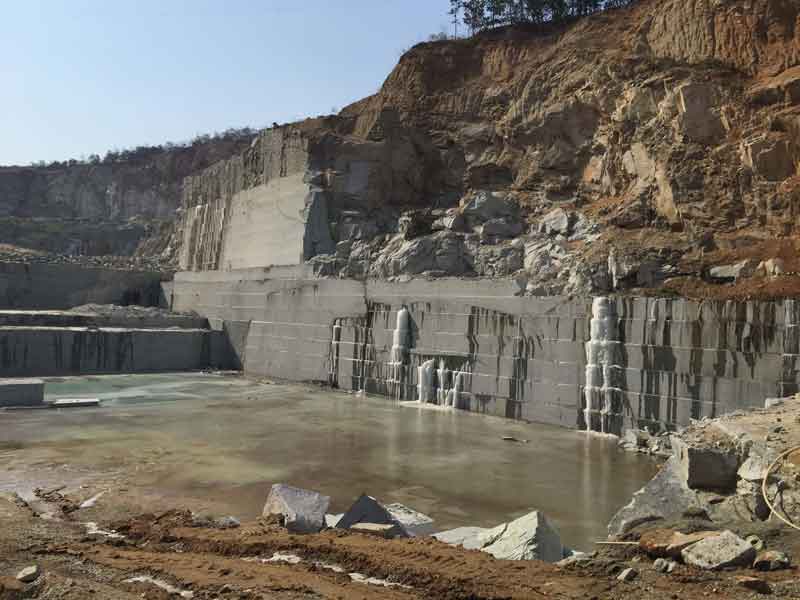Finding the Charm of Granite Quarry in South Africa Marvels
Finding the Charm of Granite Quarry in South Africa Marvels
Blog Article
Revealing the Mysteries of Granite Quarrying: Where Strength and Beauty Meet
The globe of granite quarrying is a world where the raw stamina of nature converges with human artistry to develop structures that stand the examination of time with an air of sophistication. From the depths of quarries to the thorough polishing in workshops, the process of changing granite right into architectural marvels is a complicated dancing of practice and advancement. As we peer right into the depths of this ancient craft, we start to uncover the covert intricacies that form the really significance of our developed setting.
The Origins of Granite Quarrying
In the annals of architectural background, the origins of granite quarrying are shrouded in a tapestry of ancient craftsmanship and geological wonders. Dating back to old Egypt and Mesopotamia, the extraction of granite from quarries noted the beginning of a journey that would ultimately lead to the development of several of the globe's most famous frameworks.
Granite quarrying's origins can be mapped to the competent craftsmens who recognized the stone's resilience and aesthetic charm. Through a combination of primitive devices and sheer resolution, these very early quarry employees uncovered granite blocks that would certainly end up being the building blocks of people.
As people developed, so did the techniques of quarrying granite. The Romans, renowned for their design prowess, created innovative techniques for drawing out granite to build monoliths, temples, and roads that stood the examination of time.
The heritage of these old quarrying methods continues to shape modern-day design, with granite remaining a sign of strength and beauty in construction projects around the globe. (granite quarries in south africa)
Devices of the Quarrying Trade
The evolution of granite quarrying techniques from old human beings to contemporary times highlights the important role played by the devices of the quarrying sell shaping the market's practices. In old times, quarrying devices were simple, frequently consisting of chisels, hammers, and wedges made from products like bronze or iron. These devices required considerable workforce and time to essence granite obstructs from quarries.

Furthermore, the introduction of pneumatically-driven devices and high-powered equipment has actually significantly decreased the physical labor required in quarrying procedures, enhancing employee safety and productivity. As the Homepage quarrying industry remains to innovate, the devices of the trade continue to be at the forefront of driving development and forming the future of granite removal.
Removing Blocks of Granite
Utilizing precision machinery and progressed techniques, the removal of granite obstructs from quarries has actually become a sophisticated procedure in the modern quarrying industry. Controlled blowing up techniques are then used to damage apart the granite right into convenient sections.

Sprucing Up and Ending Up Techniques
To achieve a flawless surface on granite blocks, knowledgeable artisans employ a series of thorough polishing and completing strategies. After the preliminary removal and shaping procedures, the granite obstructs go through a detailed sprucing up phase to improve their all-natural charm and sturdiness. One common approach made use of in polishing granite is ruby abrasion, where industrial rubies are utilized to grind and polish the rock to a smooth finish. This procedure not only develops a glossy surface area but additionally makes certain harmony in shade and texture throughout the granite block.
In enhancement to polishing, ending up methods are used to further refine the granite's look. By thoroughly choosing and using these polishing and completing methods, craftsmens can transform raw granite blocks right into my sources elegant pieces that showcase both stamina and elegance.

Environmental Impact and Sustainability
With the growing focus on environmental consciousness in the industry, granite quarrying methods are increasingly scrutinized for their effect on natural deposits and long-lasting sustainability. Quarrying for granite can have significant environmental effects. The extraction process frequently entails making use of hefty machinery, explosives, and big quantities of water, causing environment damage, dirt disintegration, and water pollution. In addition, the transportation of granite from quarries to processing centers creates carbon exhausts, further adding to environmental destruction. granite quarries in south africa.
To reduce these effects and ensure sustainability in granite quarrying, sector stakeholders are adopting numerous steps. Executing advanced innovations to decrease power intake and water usage, recovering quarried land for ecological restoration, and advertising liable sourcing techniques are some techniques being used. Accreditations such as the Woodland Stewardship Council (FSC) and the Leadership in Power and Environmental Layout (LEED) aid consumers determine environmentally friendly granite items.
Conclusion
Finally, granite quarrying is a process that calls for specialized devices and strategies to remove blocks of granite and polish them to a high degree of finish. While the ecological influence of quarrying can be substantial, efforts are being made to enhance sustainability methods in the market. Generally, granite more helpful hints quarrying is a delicate balance in between using the stamina and sophistication of this all-natural stone while reducing its influence on the setting.
Report this page